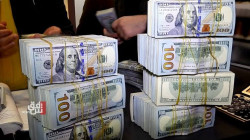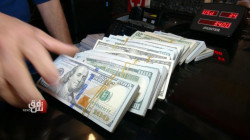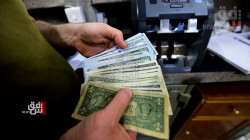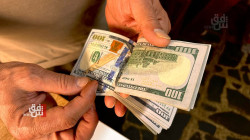Iraq’s market turns away from “old US Dollar”
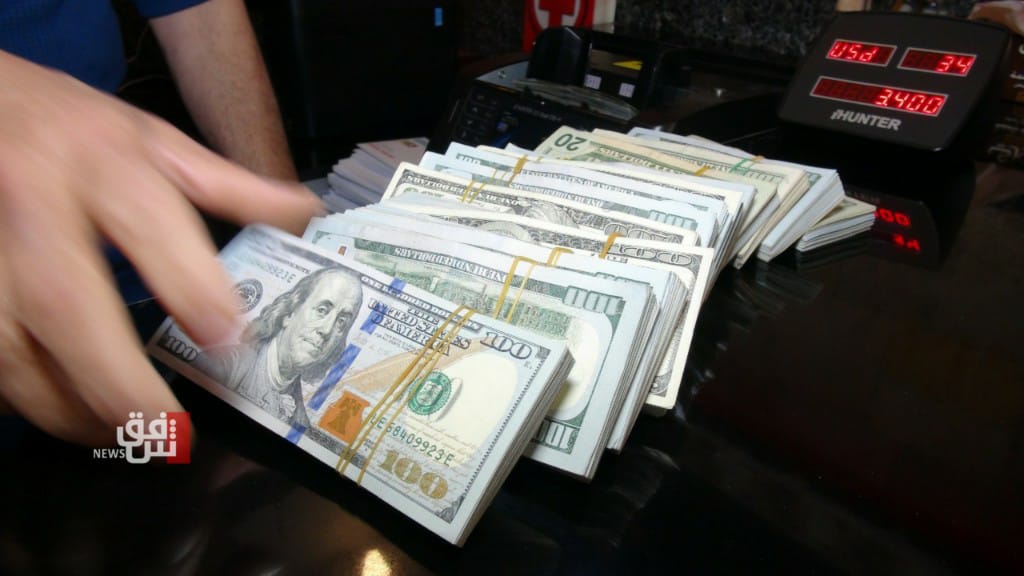
Shafaq News/ Deeply entrenched since the 2003 US invasion, the dollar has become a cornerstone of Iraq’s economy, fueling oil exports, trade, and daily transactions, effectively operating as a parallel currency. However, older banknotes, especially pre-2003 issues, face growing rejection from traders and exchange offices.
Dollar in Iraqi Economy
The US dollar holds a significant position in Iraq's economy, functioning almost as a secondary currency. This prominence is rooted in the economic restructuring that followed the 2003 US invasion, during which the United States assisted in establishing the Central Bank of Iraq. Consequently, the dollar became deeply integrated into Iraq's financial system, especially given the country's substantial informal economy that relies heavily on cash transactions.
Iraq's oil industry, accounting for nearly 99% of the country’s exports, operates primarily in US dollars. This reliance reinforces the dollar’s dominance while closely linking Iraq’s economic stability to fluctuations in the US currency.
In Iraq, the old-design $100 US banknote, particularly those printed in 2003 or earlier, is commonly referred to as “Al-Ammani.” The term dates back to the 1990s when this denomination was widely circulated in Amman, Jordan. Due to strong trade ties between Iraq and Jordan at the time, the nickname made its way into Iraq.
Turns Away from Old Dollar Bills
Over time, new versions of the $100 bill with enhanced security features were introduced, making older editions less common in circulation.
Ahmed Sadiq, owner of Al-Aws exchange office, told Shafaq News that “some currency exchange offices refuse to buy old-design US dollar banknotes from customers,” noting that others accept them but at a rate 2,000 to 3,000 dinars lower than the market price.
He added that some exchange offices stamp certain dollar banknotes with a special office seal to avoid disputes, “because some customers have returned dollar bills to exchange offices, claiming they were counterfeit and alleging they had purchased them from those offices.”
“Marking foreign currency with a seal could create difficulties for buyers when trying to exchange them abroad,” he acknowledged.
For his part, Jowad Malik, owner of Al-Fas exchange office, told Shafaq News that “the reluctance to deal with old-design US dollars stems from counterfeiting cases in Turkiye and Jordan and rumors of such banknotes entering Iraq.” He noted that “many exchange office owners no longer accept them, considering them a thing of the past, or they buy them at a discount of up to 20,000 dinars or more—mainly those who can exchange them at the central bank.”
He also pointed out that many exchange offices refuse to handle $1 bills sometimes even $5 bills, despite neighboring countries accepting, assuming that this is largely influenced by major traders who dominate dollar transactions.
In addition, Iraqi trader Haider Al-Hassani told Shafaq News that he completely avoids dealing with old US dollar banknotes “to prevent counterfeiting risks,” as “older notes lack clear security features.”
Al-Hassani added that he also refrains from trading even in new US dollar bills, stating that “economic security regulations prohibit their exchange at market rates.”
Official Stance and Banking Regulations
Director General of Accounting at the Central Bank, Ihsan Shammran, stated to Shafaq News that “all US dollar banknotes issued by the Federal Reserve remain in circulation, and there are no directives from the bank suggesting otherwise, provided the notes are authentic and not counterfeit.”
He added that “the Central Bank of Iraq (CBI) and commercial banks continue to accept all denominations and past series of US dollar banknotes as long as they are genuine.”
Regarding the legitimacy of refusing the banknotes, the financial expert and former CBI Director General, Mahmoud Dagher, explained to Shafaq News that “no matter what happens, neither the public, traders, nor exchange office owners can be forced to accept old-design US dollars,” calling the practice a matter of personal discretion.

